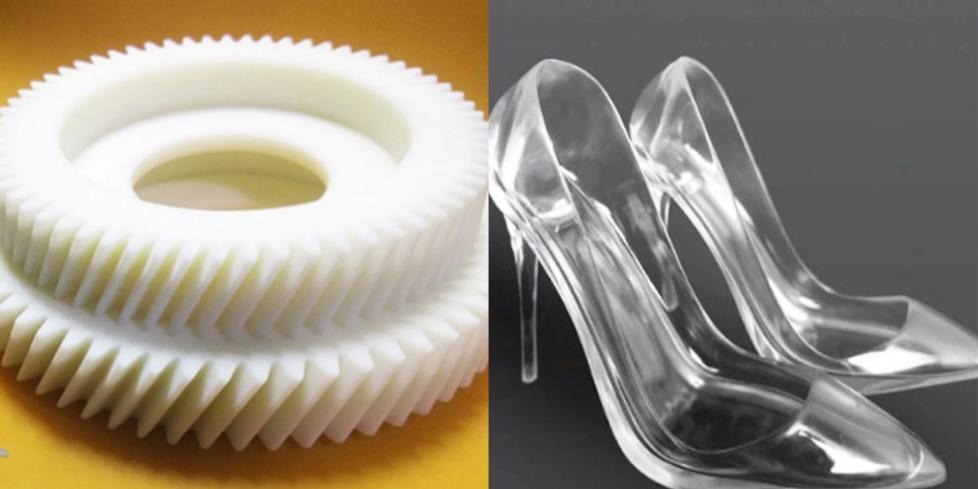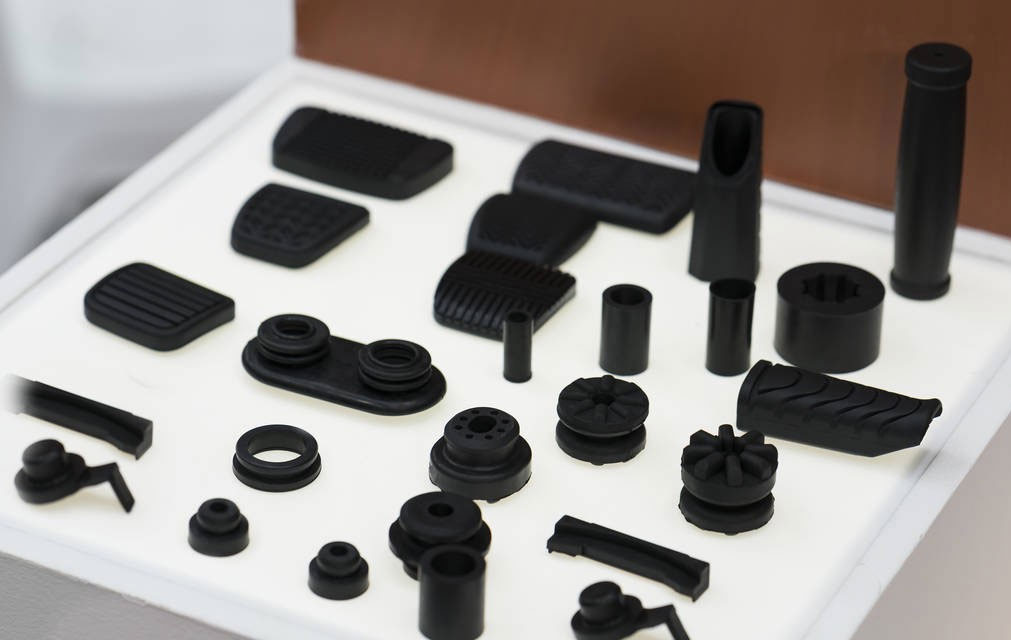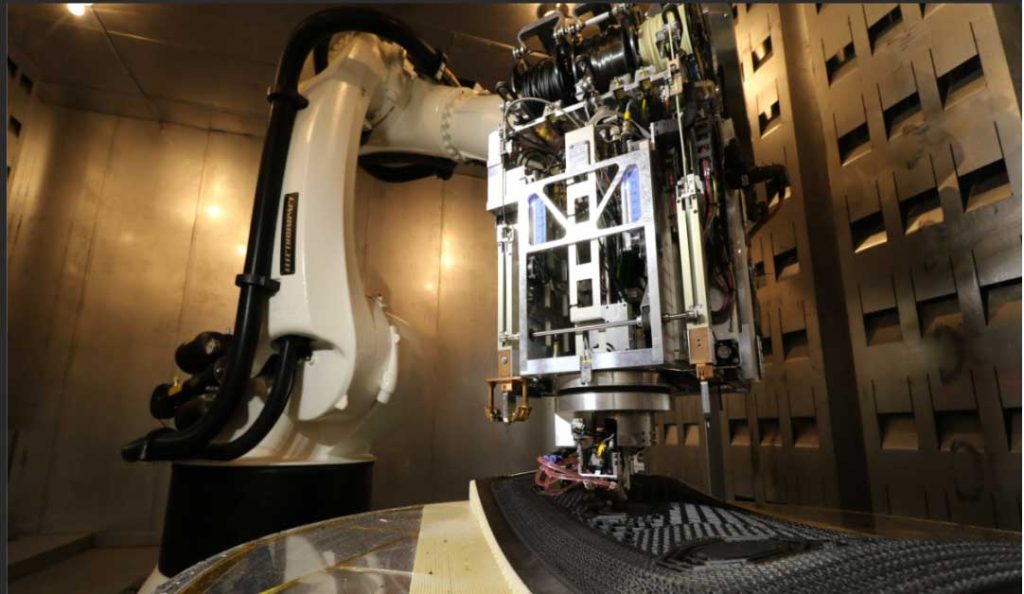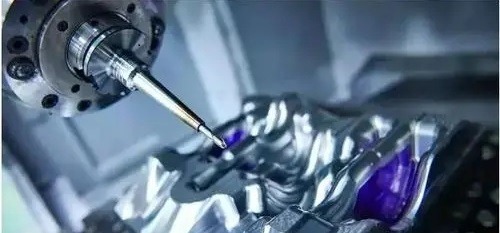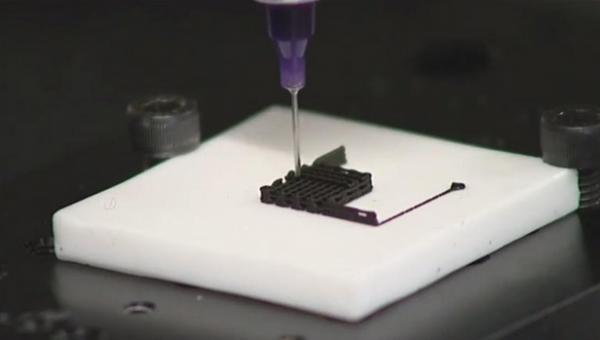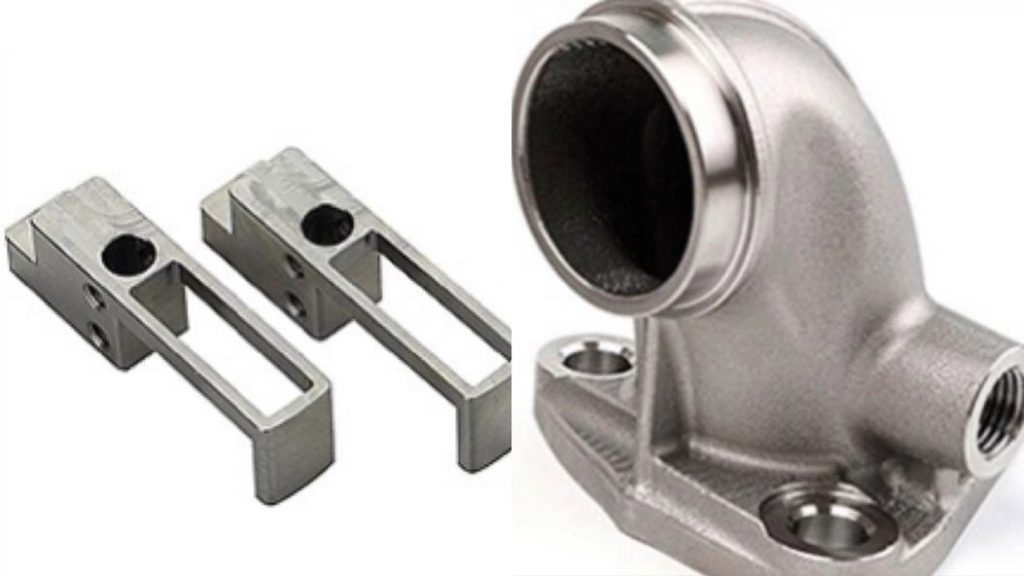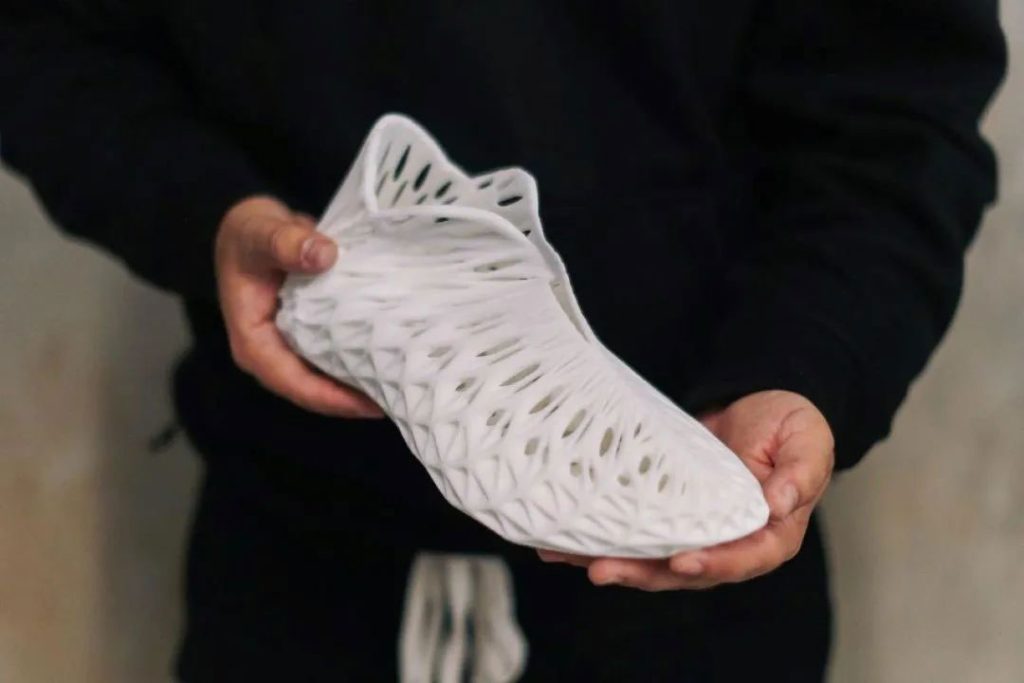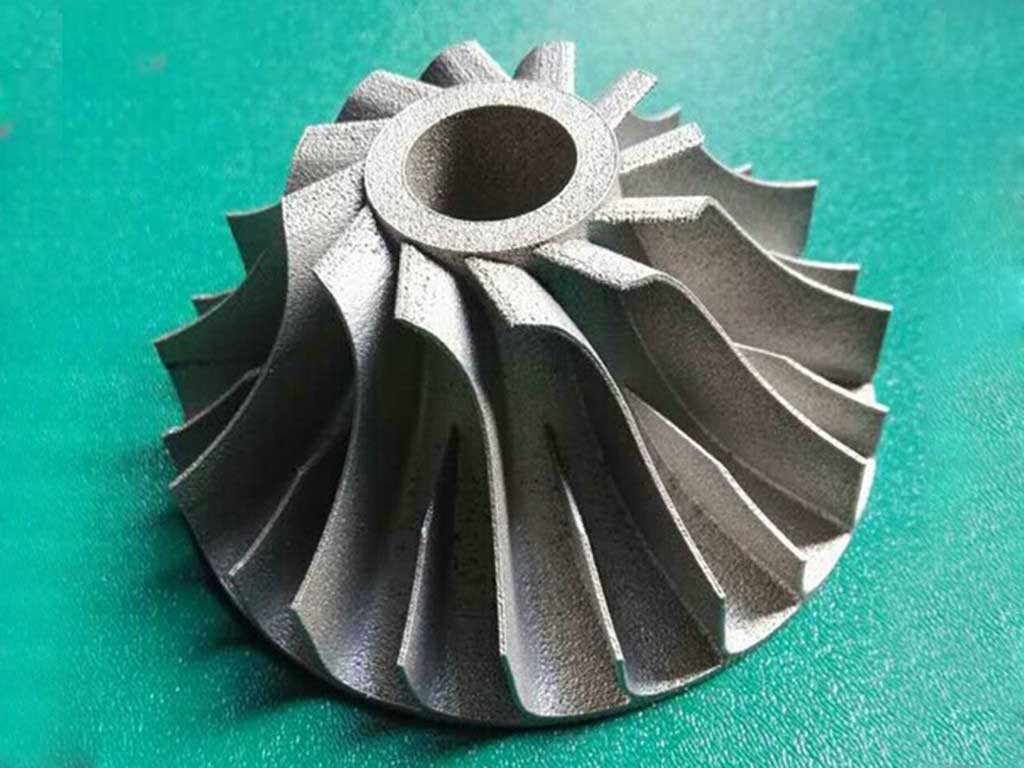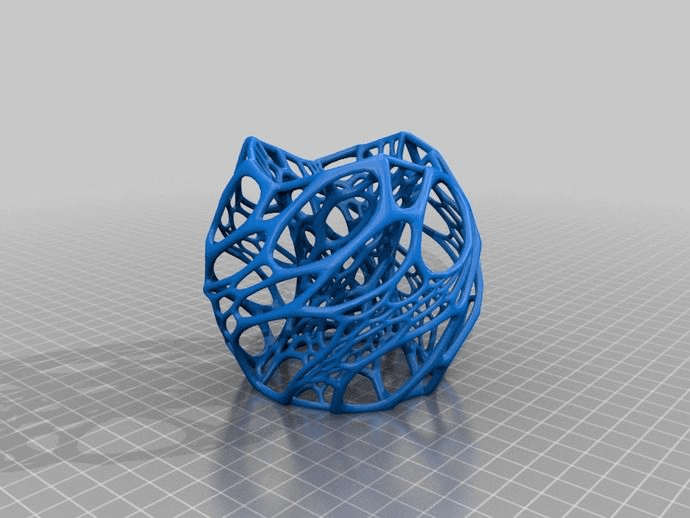3D printing technology emerged in the mid-1990s and is actually the latest rapid prototyping device utilizing technologies such as light curing and paper stacking. It is basically the same as ordinary printing. The printer is filled with liquid or powder. After connecting with the computer, the printing materials are superimposed layer by layer through the computer control, and finally, the blueprint on the computer is turned into a real object. This printing technology is called 3D stereo printing technology.
The world’s first 3D printing device came into existence in 1983. Since that, 3D printing technology has experienced more than 30 years of development, and its influence on society is growing.

Additive Manufacturing Principles
The principle of additive manufacturing of 3D printing technology is to divide the product of the designed 3D model into several planes based on the longitudinal coordinate, and the main application of the division is the 3D simulation software. At the same time, a combination of overlay forming and layered machining should be applied to generate 3D solids and then make models.
The working principle of a 3D printer has the following aspects, the following is a specific analysis of the principle:
1. The principle of three-dimensional forming
The application of the three-dimensional forming principle in 3D printers is mainly reflected in placing an appropriate amount of material powder in a storage bucket and then transporting it out through the storage bucket. After the powder is transported to the processing table, it needs to be rolled with rollers to form a thin layer. After this, spurt adhesive where you want to print. Make the powder and binder meet and set very quickly. In this case, after printing one layer, the program setting of the printer itself will start, reduce the distance, and then print cyclically according to the set value until the end of printing.
2. Melt solidification technology
As the working principle of a 3D printer, the main steps of melt solidification technology are as follows:
(1). Transfer all the relevant data of the 3D solid model to the computer program that controls the 3D printer. Then the computer control program will automatically set the specific route of the printing work according to the program that has been set.
(2). Then, under the control of the computer, the 3D printer can perform profile jetting work on the plane that needs to be processed according to the set printing route. On this basis, the filament supply device needs to send the filamentous raw material to the front of the nozzle that is printing. At this time, the dissolved raw material will be ejected by the nozzle and agglomerated on the workbench.
(3). The dissolved material that is coagulated on the workbench needs to be cooled by a cooling device. After cooling, these materials can be formed into three-dimensional solid section slices, so that the section profile that needs to be solidly machined can be seen through the slice. Finally, under the control of the computer program, the spraying work will continue, and the height of the workbench plane can be properly adjusted by the computer control program until a three-dimensional solid model that meets the requirements of the computer program is produced.
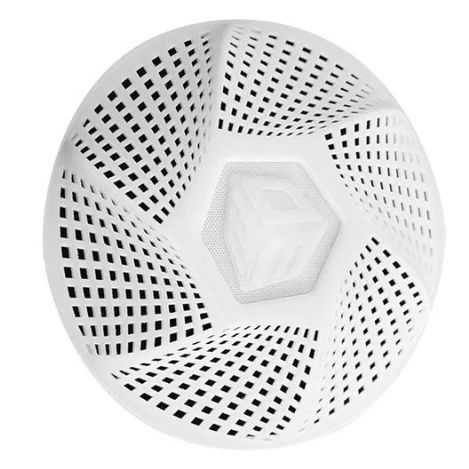
What is the Process of 3D Printing?
1. 3D Design
The design process of 3D printing is to first conduct modeling through computer modeling software, and then partition the built 3D model. Divided into layer-by-layer sections, ie slices, so that the printer can be directed to print layer by layer.
The standard file format for collaboration between design software and printers is the STL format. STL files use triangular faces to simulate the surface of an object. In general, the smaller the triangle, the higher the resolution of the resulting surface. PLY is a scanner that generates 3D files by scanning. VRML or WRL files generated by PLY are often used as input files for full-color printing.
2. Slicing
The printer will read the cross-sectional information in the file, then print the cross-sectional information layer by layer with liquid or powder materials, and finally glue the cross-sections of each layer to create a three-dimensional entity.
The thickness of the section printed by the printer (Z direction) and the plane direction (X-Y direction) are calculated in dpi (pixels per inch) or microns. A typical thickness is 100 microns, or 0.1 mm. The flat orientation can print with a resolution similar to that of a laser printer. Printed “ink droplets” are typically 50 to 100 microns in diameter.
3. Finish printing
The resolution of a 3D printer is sufficient for most applications but can be rough on curved surfaces. To get higher-resolution items, you can first use current 3D printers to print a slightly larger object, and then a little surface grinding to get a smooth surface high-resolution item.
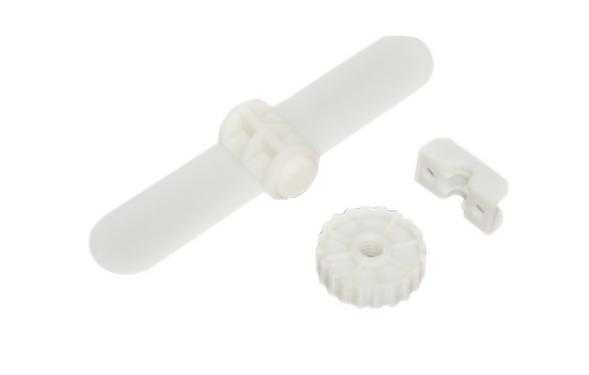
JTR can provide various types of 3D services. Including FDM service, SLA service, etc. Whether you want to match the most suitable type of service for your specific requirements or want to get the best quality service, JTR can meet you.


